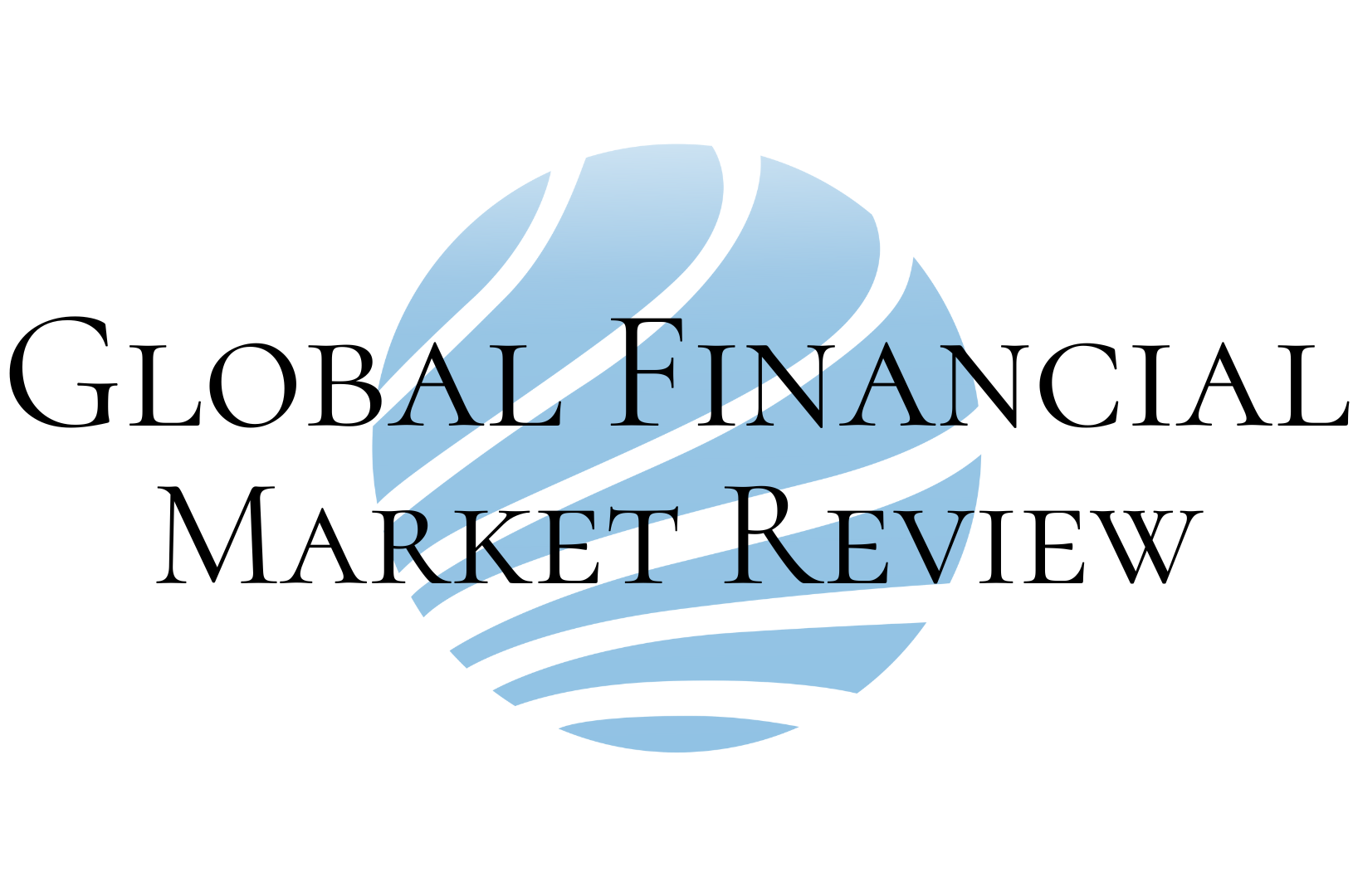Shunned In India, NBFCs Pay More For Foreign Funds

India’s shadow banks are being forced to go overseas more for money as local lenders balk at extending funds, flagging strains in a key industry for an economy that is already sputtering.
The country’s non-banking financial companies have raised more than $2 billion of overseas bonds and loans in 2019, a record compared with the same period in previous years, according to data compiled by Bloomberg.
The lifeline is welcome, even as it underscores a scramble after a string of defaults by peer IL&FS Group last year made investors wary.
The development comes at a trying time for India’s shadow banks, which lend to everyone from poor entrepreneurs getting micro loans for food delivery businesses to property tycoons looking to roll over debt.
The economy expanded at its slowest pace in several quarters in the first three months of the year.
“There is obviously some risk premium being attached to the sector by international lenders, compared to funding rates for similarly-rated corporates,” according to Chetan Joshi, head of debt capital markets at the Indian unit of HSBC Holdings Plc.
The USD loan market has shown an ability to support Indian NBFC and housing finance company borrowers. On a fully hedged basis, the borrowing costs for NBFCs would be 25-50 basis points higher than the onshore rates, according to Ajay Marwaha, London-based head of investment advisory at Sun Global Investments.
For investment-grade companies from India, dollar-bond issuance will mainly come from non-bank financial institutions, as their funding conditions onshore have been very tight in the wake of the IL&FS situation, according to Annisa Lee, head of Asia ex-Japan flow credit analysis at Nomura International (HK) Ltd. “There’s still not a lot of supply coming from India, so if issuers are willing to pay up, they will be able to print new paper. In terms of the amount of premium they would have to pay, its name by name, depending on which sector they focus on,” Lee said.
“The ability for most NBFCs to go out and raise money in any meaningful way through domestic capital markets is really quite restricted,” Arjun Kapur, head of corporate finance, Sun Global Investments, said. “Most non-bank financial institutions would be looking to raise funding from international capital markets,” he added.
USAA Ranked Highest By J.D. Power For Second Consecutive Year For Member Satisfaction In Individual Annuities
USAA continues to set the standard for personalized, efficient and reliable service across the industry. Read more
USAA Launches “Honor Through Action,” Committing $500 Million Over Five Years To Champion The Military Community
Movement will focus on meaningful careers, financial security and well-being for our nation’s veterans and military fa... Read more
USAA Extends Government Shutdown Relief, Totaling More Than $411M To Its Members
Nov 05 2025 SAN ANTONIO – November 5 – As the government shutdown continues, USAA is e... Read more
USAA To Serve As Title Sponsor For HYROX Dallas In November 2025
Through military veteran athletes, content and onsite activation, USAA will elevate the importance of well-being through... Read more
USAA Delivers Advice, Financial Assistance As Government Shutdown Continues
FOR THE LATEST DATA ON USAA SHUTDOWN RELIEF, VISIT USAA STORIES: LINK Read more
UPDATE: USAA Delivers $150 Million In Loans Within 48 Hours To Serve Members Impacted By Government Shutdown
FOR THE MOST UP-TO-DATE DATA ON USAA SHUTDOWN ACTIVITY, VISIT USAA STORIES: LINK Read more

